Interview – Scotland’s R100 Boss Talks Future Broadband Plans

4. Keeping on the subject of that £5bn investment, the UK Government has previously suggested that any funding supplied under their new gigabit programme may not go toward central devolved governments (possibly due to concerns about past delays).
Instead the funding could be either managed more directly (e.g. local authorities may have to bid for it from the UK Gov / DCMS / BDUK) or be generally distributed to local authorities for them to manage.
What approach do you think is best for Scotland and why?
ANSWER:
This is really for politicians to sort out advised by their respective policy units. That said I’ve worked in Scotland for a many years and seen at first-hand what has been achieved here. I firmly believe the excellent results of public sector investment in Scotland (nearly 950k premises connected via DSSB – out of 5.2m across UK) is a result of scale. Any telecoms investor will tell you scale is critical.
5. The R100 procurement and tender process covered three LOTS – LOT 1 (North Scotland), LOT 2 (Central Scotland) and LOT 3 (South Scotland). Excluding the issues with LOT 1 (covered below), what challenges did you have in awarding the other two LOTS and was there any concern over the fact that BT was the only bidder for those?
ANSWER:
That BT was the only bidder statement is a bit misleading – we had three bidders for most of the dialogue process and the final tender process was started for all lots with two bidders – the BT bids for Central and South were created under competitive tension. It was only when no other bids were present when we “opened the envelope” was it clear only BT had carried through to the end of the process for two of the lots.
6. Initially it appeared last year as if BT had also secured the contract for LOT 1 (North Scotland), which we understand was the only LOT to see bidding from several suppliers (e.g. BT, Axione UK and Gigaclear).
The project, which at this point was already running a fair bit behind schedule, then suffered a blow after Gigaclear lodged an unspecified legal challenge against the LOT 1 award. We’re aware that you are unable to share any specifics about the case itself, but can you tell us at what stage the legal process is at, what you expect the next steps to be and when it might be resolved?
ANSWER:
This is hugely frustrating for us we felt we had got such a great result – and you are right, I can’t comment.
7. Looking more closely at the award of LOT 2 and 3, the vast majority of this build is expected to use “full fibre” (FTTP) technology. Under LOT 2, of the eligible 55,000 premises, the contract with BT – alongside greater than anticipated commercial build – is expected to reach at least 47,000 premises or almost 87% of the original plan.
Meanwhile, in LOT 3, some 99% of the 26,000 eligible premises will be reached by the roll-out (only c.200 premises have been missed off). The proposal for the remaining premises is to offer a new voucher scheme (expected to be launched later this year), but do you think this will be enough to plug the areas missed under LOT 2 and 3 (many people aren’t even aware when voucher schemes are introduced) or will the Scottish Government need to go further in the future (e.g. new contracts etc.)?
ANSWER:
This is a good opportunity to clarify. There are now about 2.9 million premises in Scotland and about 250,000 cannot receive a superfast service (that’s about 8%). Of these, there are about 100,000 that have commercial plans from a range of operators, large and small. This leaves 150,000 for the main intervention. Once we have a resolution for the North lot and finished detailed plan for Central, we will know exactly which premises will be not delivered to under the main procurement – hence which will need the voucher scheme – this will operate in parallel with main intervention.
A feature of the procurement which supports effective planning is that it is defined at an individual premises basis. We know exactly which and where every premises we will connect is – and whether it will be connected by the main contracts or by our voucher scheme or where there is an intention to be connected commercially.
We will assist operators accepting vouchers by providing tools that show where these premises are so that they can plan infrastructure build to groups of premises rather than individual premises. Within my team our deployment managers will work to manage the main contracts, optimise the use of vouchers on the ground and monitor/encourage the commercial build we rely on to get to 100%.
8. The UK Government’s new focus on “gigabit-capable” broadband, rather than a pure “full fibre” vision for deployment, has opened up the possibility of other technologies being used to achieve the target (e.g. Virgin Media’s hybrid fibre coax, Fixed Wireless Access (FWA) and 5G networks).
Do you think this is the right approach or should we in the UK be laser focused on a pure full fibre future?
ANSWER:
As R100 is a superfast programme, any premises being served by a 30Mbps service is out of scope. That said most of the Gigabit access infrastructure in the UK is currently only offering ultrafast type services (max 300-ish Mbps download) which seems fast enough for most predicted home and SME use. So, am I fibre purist? No, not as the only solution for good, usable broadband. However I firmly believe fibre is the future because investment is predicated on the low Opex it enjoys, particularly for GPON.
Virgin’s investment in Gigabit Docsis allows them to compete in the war of headline speeds, but I think as an industry we’ve lost the argument with the consumer of speed over quality.
Finally, on this point I’d wager there is no CATV networks serving the 20% of premises in the 2025 target intervention area – though inevitably there is wireless which may be the only cost effective solution.
9. In keeping with the above, Ofcom has begun to consult on some of the changes that might be needed in order to help facilitate investment in new full fibre and gigabit capable broadband networks. Many of the proposals relate specifically to Openreach, but some – such as migration processes for full fibre networks (moving away from copper), a new Dark Fibre product and regulation that varies by geographic area – may also affect other providers.
What are your thoughts on Ofcom’s proposals and do you think that they need to make any other changes in order to help the investment case and roll-out of such networks?
ANSWER:
I’m not sure this answers your question, but I think that access to infrastructure on a basis that works for the access seeker is essential. I’m not just talking Duct and Pole Access [DPA / PIA] from Openreach – there are pervasive non-telecoms networks all over the country which could be used for telecoms – power, transport, water.
This requires a joined up approach from the respective regulatory bodies and also a charging regime that recognises the challenges of geography – i.e. should an access-seeker pay the same charge for a piece of passive infrastructure if it allows connections to 5 or 500 premises?
10. Commercial competition between full fibre providers in urban areas has become increasingly aggressive. Indeed over the past few months we’ve started to see more examples where three providers have all built networks in the same area (overbuild).
The Government’s 2018 Future Telecoms Infrastructure Review made clear that “at least a third (with the potential to be substantially higher) of UK premises are likely to be able to support three or more competing gigabit-capable networks.”
On the one hand this gives consumers extra choice and a better chance of getting a good deal. On the other hand locals suffer more disruption from multiple builds, while overbuild does little to improve overall UK coverage and can also make it harder for providers to attract investment by stretching the payback period / risk. What is your position on all this?
ANSWER:
I’m interested you use the term “overbuild” to describe what I would call competition at an infrastructure level which is good for consumers. My area of expertise tends to be for areas where there are no networks, let alone competition. For R100 we are dependent on commercial build for the vast majority of coverage and the UK Government expects 80% of Gigabit capable infrastructure to be delivered commercially.
Existing and new infrastructure providers are finding their own areas of focus – targeting areas where they see an acceptable return. These cases are long term vehicles for private investment generally and there will be a natural distribution (I accept there will be some duplication/competition). Within the programme we were very excited that, although Axione decided not to bid, they did see the commercial opportunity within Scotland and are deploying their own fibre network.
11. Fears have been raised from a number of quarters, including privately by some other ISPs, that the rush by various companies to build full fibre networks may be putting a strain on the supply of skilled engineers (i.e. demand outstripping supply). Is this a concern in Scotland too and, if so, what sort of impact can it have and what do you think needs to happen in order to resolve it (should the Government be making any changes to facilitate this)?
ANSWER:
Yes, it is a concern we are managing. A key mitigation in Scotland is the fact that the DSSB programme has mobilised a large workforce based here and we are working to ensure this is kept fluid and will move forward onto R100 build.
12. The Government recently decided to ban Huawei’s kit and services – as well as other high risk vendors (e.g. ZTE) – from being deployed into core UK broadband and mobile networks. At the same time they imposed a cap on the amount of non-core kit that could be deployed from the same suppliers.
What are your thoughts on this and do you expect it to have any impact on the R100 roll-out (BT has signalled that compliance with the new rules could cost them c.£500m)?
ANSWER:
I’m not particularly well sighted on the technical details of the UK Government’s rationale for this. Though I believe the main concern is around core network technology and 5G kit. With regard to R100 UKG requirements will be handled by BT.
13. Finally, is there anything else you’d like to say or add about the R100 programme?
ANSWER:
With regard to my role – it is fascinating and challenging in equal measure – which makes it hugely enjoyable. High value complex programmes which affect large numbers of people are not easy to get right – and we make a point of trying to do the best for most people. The hard bit is that it is not always possible to do the best for all people – although if you have a premises in Scotland you will be getting at least a 30Mbps broadband connection because of the programme.
We’d just like to thank Clive for taking the time out of his busy schedule, especially during the COVID-19 crisis, to answer our questions.
Mark is a professional technology writer, IT consultant and computer engineer from Dorset (England), he also founded ISPreview in 1999 and enjoys analysing the latest telecoms and broadband developments. Find me on X (Twitter), Mastodon, Facebook and Linkedin.
« N.Ireland Broadband Project Appears to Scale Back Rural Focus UPDATE
ISP G.Network Gives All New Customers 900Mbps Broadband »
Latest UK ISP News
- FTTP (5530)
- BT (3518)
- Politics (2542)
- Openreach (2298)
- Business (2266)
- Building Digital UK (2247)
- FTTC (2045)
- Mobile Broadband (1977)
- Statistics (1790)
- 4G (1668)
- Virgin Media (1621)
- Ofcom Regulation (1465)
- Fibre Optic (1396)
- Wireless Internet (1391)
- FTTH (1382)






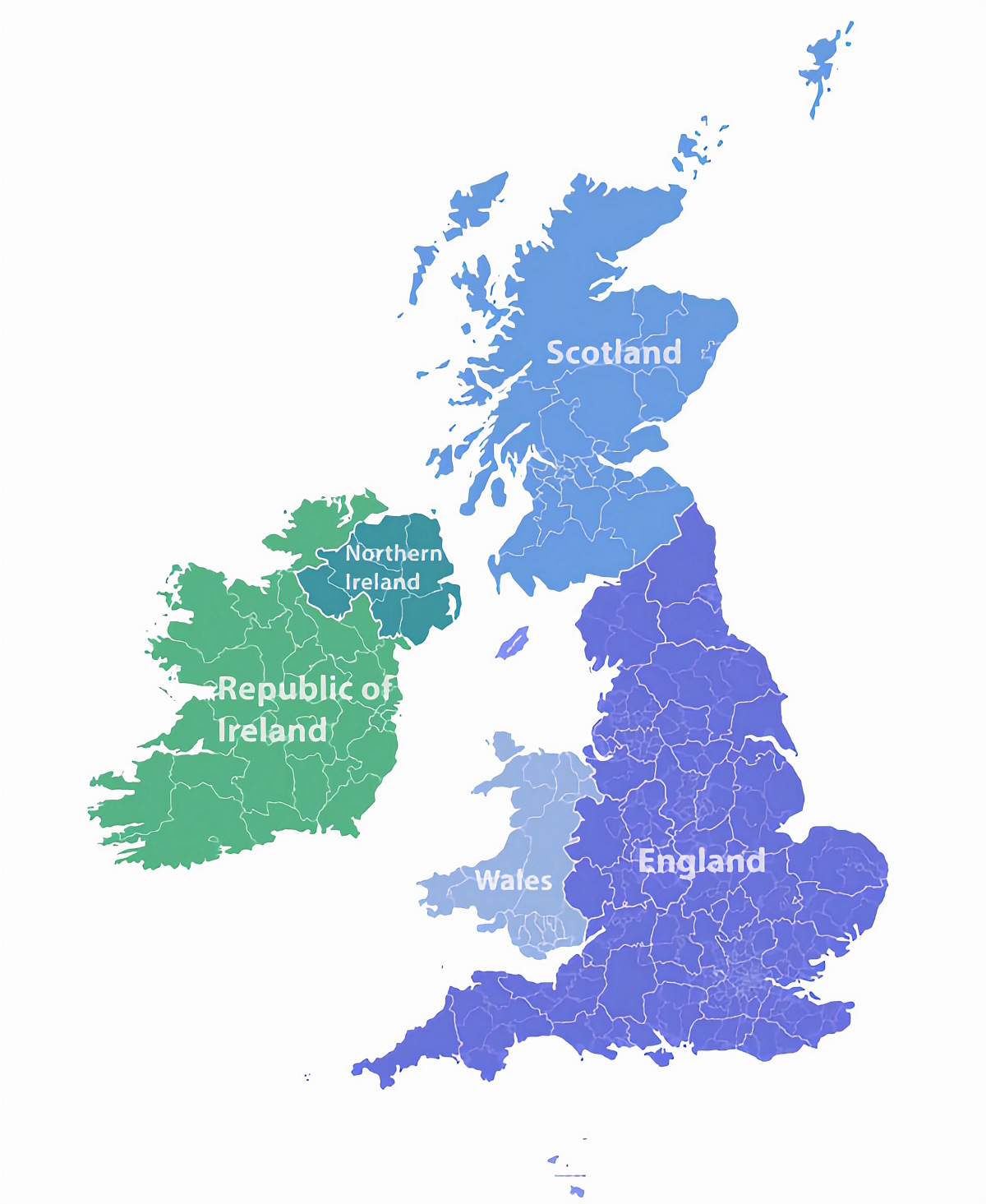
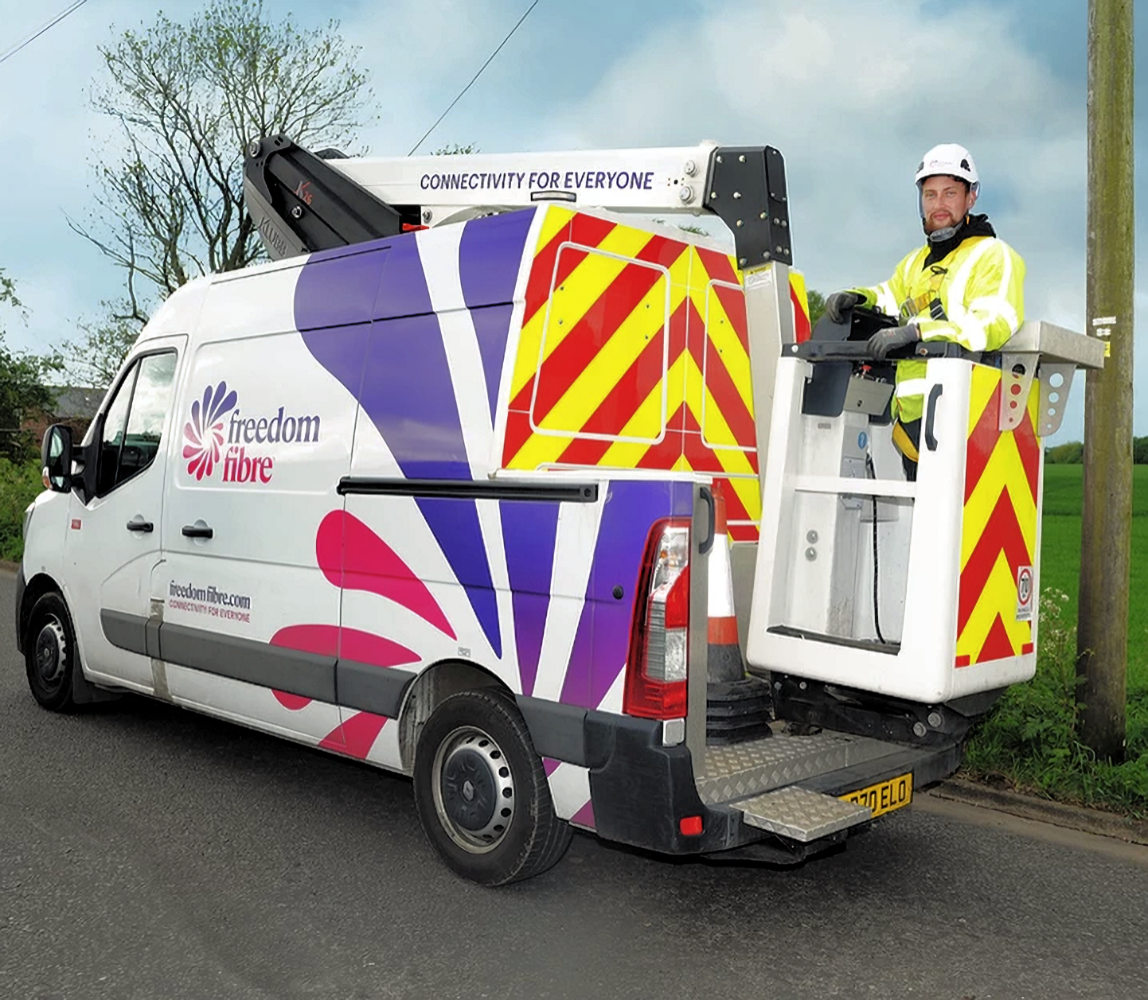

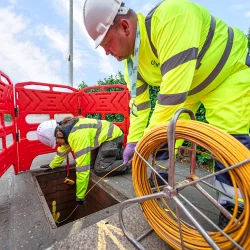
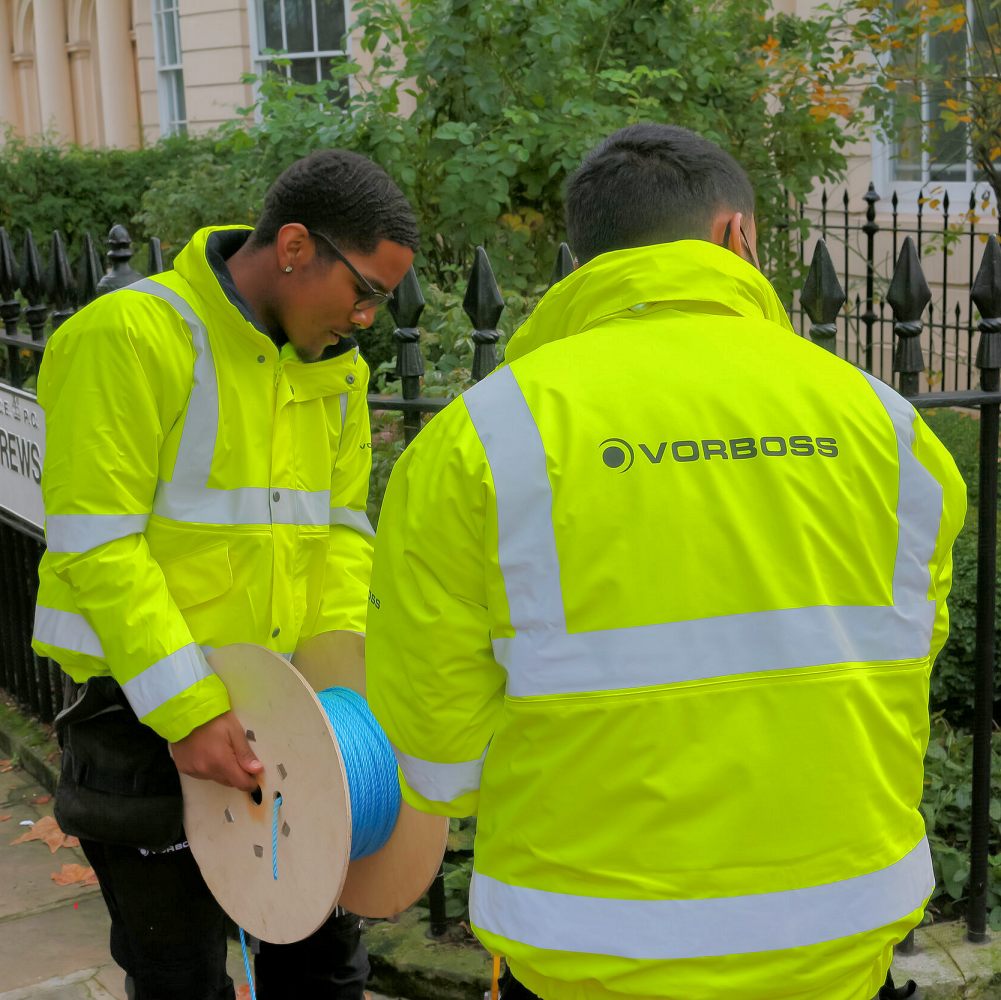


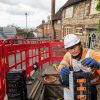









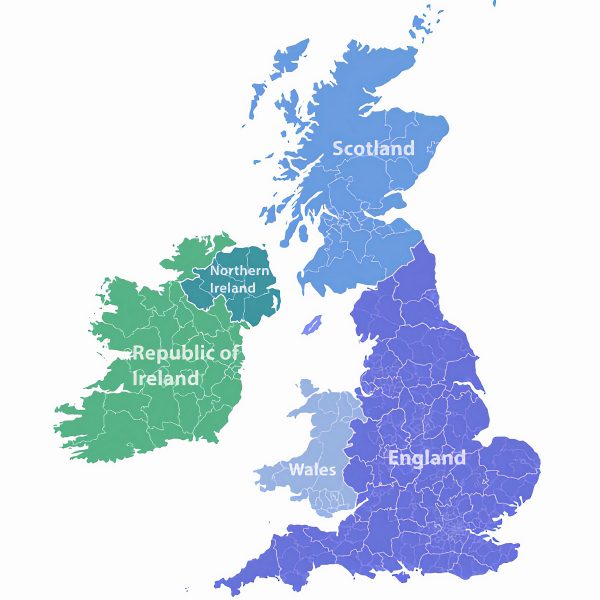
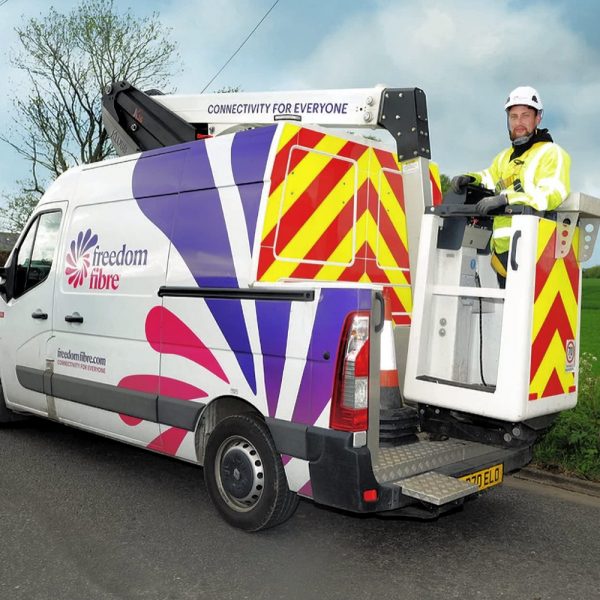




































Interesting enough read thanks for getting him to contribute.
The project as ever will always be tainted despite the inevitable self congratulation.
The flagship Reaching 100% project that didnt, and those it did, behind schedule.
The worst served Lot with arguably the biggest deployment challenges still without a contract awarded, so highly likely to be the last to complete.
And ultimately, due to the length of time from Announcement to actually starting a stopgap already eclipsed by the UK wide aim for Gigabit.
Not that it’ll make any difference but i’m hoping we can eventually judge the reasons for Gigaclears objection ourselves.
Yes, very interesting read
However the question everybody wants to know is WHEN??.
We need the new post BT code checker for R100.to know who is getting what and when.
This was promised by Scot Gov. Minister Paul Wheelhouse.
Please try to find out.
Totally agree on the checker, allegedly they now know who’s in scope and who isn’t.
Sadly and i can fully understand why, timescales are going to be so hard to pin down and will be subject to many changes i wager as the programme plans and adjusts workflow.
Unfortunately for those still at the bottom of the connection scale it really does seem that all you ever herar is we’re trying, we’re planning to, then some comming soon , but doesn’t and I know from friends, its not just me that laughs when we see the promises and not just R100.
It’s a massive amount of work i know, but The Gov and likes of openreach announce grand sounding aims and forcasts but when those dates are 2025 to almost 2030 they’re expecting people to applaud when in reality you are looking at a 10 year wait.
“We should point out that broadband is technically devolved to Westminster”
Mark you might want to remember which way devolution works!
Oops :), but you know what I mean.
I second the need for the checker to be up and running, to try to bring towards an end the 10 years of uncertainty and misinformation. If accurate information had been available from super fast scotland, it would have been possible to seek alternatives without the coming soon dampener.
+1 for a published detailed roll out plan. The Digital Scotland checker has always been completely useless.
With you there!!
YES, it’s been nearly 6 months since contracts were signed…no excuse, we need to know.
Chase up OR and R100 team Mark
Stay safe
We at Highland Community Broadband would love to see what premises in Wester Ross will and won’t be eligible for vouchers. It’s maddening that the list exists but we can’t see it. Also the criteria for service to qualify for the vouchers.
While R100 may not be all the areas it should cover everyone in an area or none of them. When some are left out it poisons the area for anyone else to fix as FTTC deployments have done
If there’s areas not covered they are likely to get a better service sooner as it’s more attractive for others (assuming R100 hasn’t isolated them from viable backhaul)
“ It’s maddening that the list exists but we can’t see it. Also the criteria for service to qualify for the vouchers”. Could we use a freedom of information request? I’m with a OR CFP in Muir of Ord.